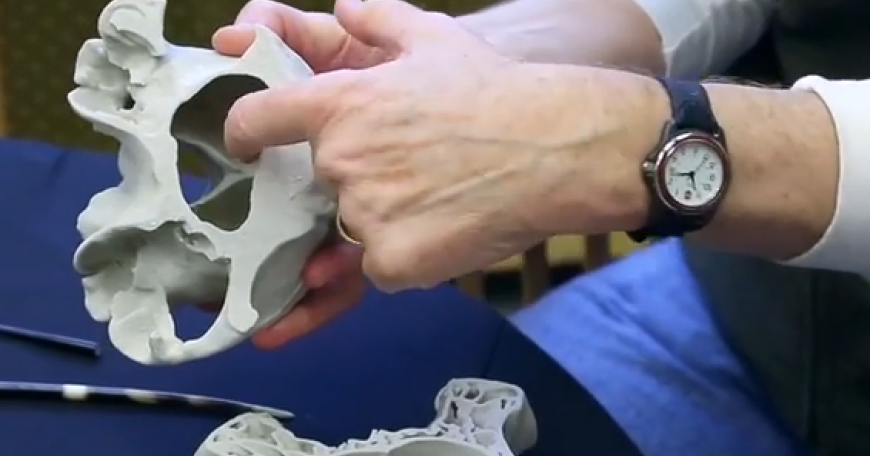
Solid, Cellular, and Surrounding Us
Pop quiz!
- What does a polystyrene coffee cup have in common with a slice of bread?
- How is a woodpecker skull like an iris leaf?
- How is a porcupine quill like a milkweed stem? *
On the face of it, these questions might seem like set-up lines for jokes, but they evoke serious science for anyone taking 3.054 Cellular Solids: Structure, Properties and Applications, a course just published on OCW with lecture notes, lecture slides, and more.
The course investigates porous cellular materials, which occur abundantly in nature and have synthetic counterparts with myriad applications in engineering. Having the structures of honeycombs and foams, the materials range over an astonishing variety of things, from wood, bone, and leaves to the padding in football helmets and the scaffolds used in tissue engineering.
The course is taught by Professor Lorna Gibson, who was recently named a MacVicar fellow for her distinguished ability as a teacher. She places special emphasis on student projects, where students can apply what they have learned to create models of different kinds of materials. Her students see at firsthand what gives these materials their characteristic properties: their ability to undergo large strains, their light weight, their flexibility, their ability to provide thermal insulation, their large surface area. The students also discover under what conditions the materials fail or break, what purpose suits the use of one material over another, and how synthetic materials can be refined for superior performance.
So, as Professor Gibson observes on her This Course at MIT page, students learn both how the natural world can be seen through the eyes of an engineer and how engineers can design materials inspired by the natural world.
* Quiz answers: 1. Both are foams. 2. Both are sandwich structures. 3. Both have a cylindrical shell and compliant core.
Photo: A model of an elephant’s skull made with a 3-D printer by students in Professor Lorna Gibson’s 3.054 Cellular Solids: Structure, Properties and Applications.

